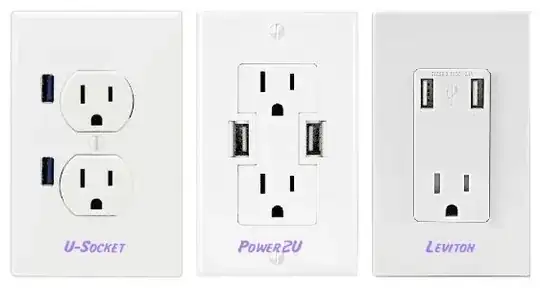To add some numbers to the already stated fact - power loss along the line:
Assume 10 m distance between load (the Pi) and a central power supply - equals 20 m of wiring (back and forth). Further assuming 1 A drawn by the Pi and additional peripherals (note this could be higher if more Pis are added...). Consider the power supply provides 5.25 V (acceptable max. voltage) and at the far end a voltage of 4.75 V is required (acceptable min. voltage). So a total voltage drop of 0.5 V is allowed. So with
U / I = R = 0.5 V / 1 A = 0.5 Ohm
the max. resistance of the wiring is 0.5 Ohm. Or considering the length of the cable (20 m) - 0.025 Ohms/m. With this we find that a cable with at least AWG18 (0.823 mm²) will be required. Expect a typical price of approx. 1 $/m. That's the kind of cable you'd use to wire speakers to an amp.
For comparison, network cables have typical strands as thin as AWG22, 23, or even 24.

